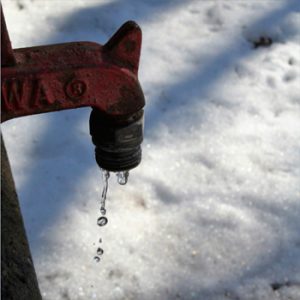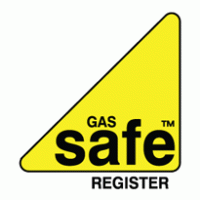

Are you experiencing frustratingly low water pressure in your home? Nothing can disrupt your daily routine quite like weak water flow. Fortunately, there are several common causes for low water pressure, and many of them have simple solutions. Let’s delve into the reasons behind this issue and explore how you can fix it.
By identifying the underlying cause of low water pressure in your home and taking appropriate action, you can enjoy consistently strong water flow throughout your property. If you encounter persistent issues or are unsure how to proceed, don’t hesitate to seek assistance from a qualified plumber.







